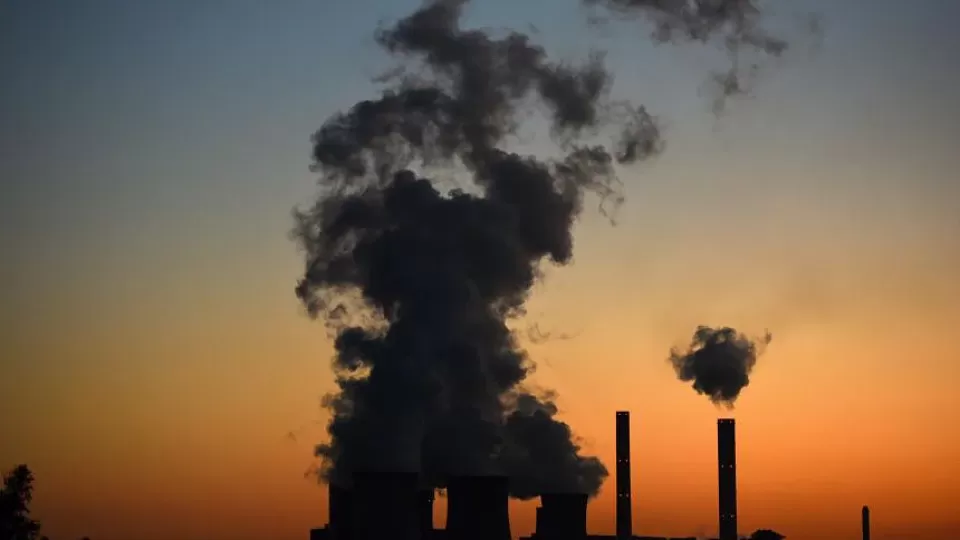January 19, 2023
DHAKA – The government yesterday raised the retail price of gas by 14.5 percent to 178.9 percent for industries, power plants and commercial establishments, who together account for 78 percent of gas use in Bangladesh, as it looks to lessen its unsustainable subsidy burden amid a narrow fiscal space.
The development is set to fuel a fresh round of inflation, which declined for the fourth straight month in December last year.
From next month, the price of gas used for power generation will be Tk 14 for each cubic meter, up 178.9 percent from the existing rate, as per the gazette notification from the ministry of power, energy and mineral resources.
For captive power plants and industries, gas will cost Tk 30 per cubic meter.
That would be a 150 percent hike for large industries, 154.7 percent for medium industries and 178.3 percent for small and cottage industries. For captive power plants, it would be an increase of 87.5 percent.
Commercial establishments like hotels and restaurants will have to pay Tk 30.50 per unit, up 14.5 percent from the existing rate.
The tariff for households, fertiliser production, CNG-run vehicles and tea gardens will remain unchanged.
The gas price hike was necessary as the government’s subsidy burden increased enormously, said Ahsan H Mansur, executive director of the Policy Research Institute of Bangladesh.
“But the government put all the burden on industries. It was an unbalanced decision — it needs to be revised,” he added.
With the new decision, the subsidy burden will be reduced but it will not be zero, Nasrul Hamid, the state minister for power, energy and mineral resources, told The Daily Star.
“We had several meetings with the businessmen and they always said that they need uninterrupted gas supply and they would be able to pay Tk 25 per unit of gas. But we calculated that if we fix it at Tk 25, the subsidy burden will not come down significantly. So, we fixed it at Tk 30.”
If gas can be supplied to the gas-fired power plants, it would not be necessary to keep the costly diesel-fired plants running, he said. “That’s why we made the decision.”
At least 29 gas-fired power plants are not getting gas to produce electricity as per their capacity of 6,001 megawatts.
Yesterday, 14 remained shut for want of gas, while the remaining 15 produced only 2,205 MW of electricity, according to the data of Power Grid Company of Bangladesh.
Asked whether the price hike would ensure uninterrupted gas supply, Hamid said: “That will be a challenge. We will increase the supply by importing LNG, but how much we will be able to import remains to be seen.”
Currently, the spot market price for gas is $23 per million British thermal unit (MMbtu) and it would cost $27-30 to import the liquefied natural gas cargo, according to Hamid.
The highest Bangladesh paid for spot LNG cargo was in October 2021: $36.95 per MMbtu.
Gas purchase from the spot market has been on pause since July last year due to a steep rise in prices for the Ukraine war, a development that triggered load-shedding and left industries starved of fuel.
Bangladesh last purchased its spot LNG cargo in June last year at $24.25 per MMbtu.
The prices remain high in the spot market and hence the hike in tariff, according to a statement from the ministry.
“The ministry considered the stakeholders’ demand and decided to import LNG from the spot market to provide them with the requisite supply of gas,” it added.
The government has already started the procedure to import LNG from the spot market, according to Energy Secretary Md. Khairuzzaman Mozumder.
At present, Petrobangla is supplying about 2,700 million cubic feet per day (mmcfd) against the demand of 3,800 mmcfd, shows its daily gas supply data.
Spot purchase means about 300-350 mmcfd can be added, said a Petrobangla official on the condition of anonymity to speak candidly on the issue.
But an uninterrupted gas supply will not be possible, he added.
The squeeze on foreign exchange reserves means the spot purchase will not be able to meet the demands of the industries, said Mansur, also the chairman of Brac Bank.
As of January 11, foreign exchange reserves stood at $32.5 billion, down from $44.9 billion a year earlier, according to data from the Bangladesh Bank.
“The gas situation will worsen in the summer months,” said Khondaker Golam Moazzem, research director of the Centre for Policy Dialogue.
In such a scenario, it is important to ramp up production in the old gas fields, he added.
In the absence of uninterrupted gas supply, the tariff hike will not sit well with industrialists, who agreed to pay more for gas on the condition that their industries get the fuel needed to run at full steam.
“The government has increased the gas prices but it has not clarified whether we will get uninterrupted gas supply,” said Mohammad Ali Khokon, president of the Bangladesh Textile Mills Association.
The textile sector’s main raw material is gas, so the hike will double the production costs, he added.
“Industrialists do not want gas at subsidised rates — they want uninterrupted gas supply,” said Abul Kasem Khan, a director of the Federation of Bangladesh Chamber of Commerce & Industry.
Otherwise, such a decision will only erode Bangladeshi garment products’ competitive advantage in the global market and make graduation from the least-developed country bracket trickier, he added.
“The decision will raise the industries’ production costs grossly,” said AK Enamul Haque, dean of the faculty of business and economics at East West University.
The gas tariff hike coupled with the 5 percent electricity price increase last week means the ordinary people, who are already grappling with a cost of living crisis, are bound to be slapped with another bout of inflation.
Inflation averaged 8.76 percent in the first six months of the fiscal year, up from 5.7 percent a year earlier.


